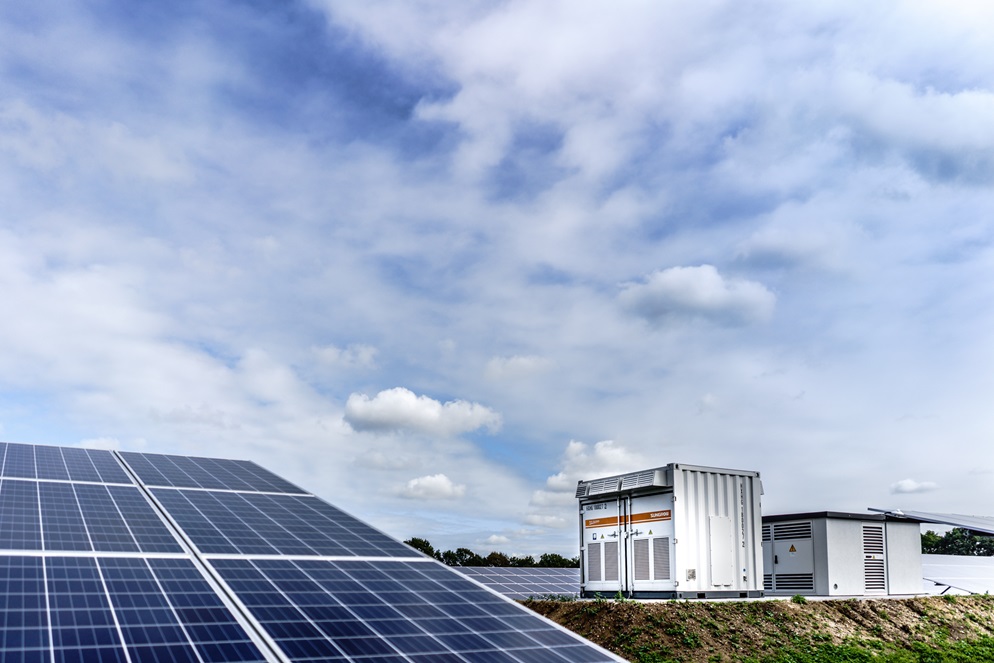Maximizing Potential: How Does Energy Storage System Benefit Your Business?
In a world shifting towards sustainable practices, Energy Storage Systems (ESS) have emerged as game-changers for businesses. This article, written by an energy industry expert, provides a comprehensive guide on the what, why, and how of ESS.
What is Energy Storage System
An energy storage system (ESS) is a technology that captures energy produced at one time for use at a later time. It plays a crucial role in balancing supply and demand, integrating renewable energy sources, and providing backup power during outages. ESS can store electricity in various forms such as chemical, mechanical, or thermal energy.
Energy storage systems come in various types, including batteries, pumped hydro storage, flywheels, compressed air energy storage, and thermal energy storage. These systems help to stabilize the electrical grid, manage peak demand, and improve the overall efficiency of energy generation and consumption. They are essential for integrating intermittent renewable energy sources like solar and wind into the grid, providing a reliable and sustainable energy supply.
Benefits of Energy Storage System-economically and environmentally
Economic Advantages
Cost Savings: One of the primary economic benefits of ESS is the potential for substantial cost savings. By optimizing energy usage, businesses can reduce peak demand charges and take advantage of off-peak electricity rates. This results in a more efficient and economical operation.
Revenue Generation: ESS opens avenues for revenue generation through various grid services. Participating in demand response programs, providing frequency regulation, and offering capacity services to the grid can all contribute to additional income streams for businesses.
Enhanced Energy Resilience: Unforeseen power outages can be costly for businesses. ESS provides a reliable backup power source, ensuring continuity during outages and preventing disruptions that could lead to financial losses.
Environmental Advantages
Reduced Carbon Footprint: ESS facilitates the integration of renewable energy sources into the grid by storing excess energy generated during peak renewable production times. This stored energy can then be used during periods of high demand, reducing reliance on fossil fuels and lowering carbon emissions.
Supporting Sustainable Practices: Adopting ESS aligns businesses with sustainable and environmentally conscious practices. This not only enhances corporate social responsibility but also appeals to environmentally conscious consumers, creating a positive brand image.
Grid Stabilization: By smoothing out fluctuations in energy demand and supply, ESS contributes to grid stability. This ensures a more reliable and resilient energy infrastructure, reducing the likelihood of environmental impacts associated with grid failures.
How to choose an Energy Storage System
Selecting the right Energy Storage System (ESS) is a crucial decision that involves considering various factors to ensure optimal performance and compatibility with your specific needs. Here are key factors to consider when choosing an ESS:
Energy Requirements
Assess your energy needs, both in terms of power (kW) and energy capacity (kWh). Understand your peak energy demands and the duration of storage required to meet those demands.
Application and Use Case
Define the purpose of the ESS. Whether it’s for backup power during outages, load shifting to reduce peak demand charges, or integration with renewable energy sources, understanding the specific application helps in choosing the right technology.
Technology Type
Different technologies such as lithium-ion, lead-acid, flow batteries, and more are available. Evaluate the pros and cons of each technology in relation to your application, considering factors like efficiency, cycle life, and safety.
Scalability
Consider the scalability of the ESS. Will your energy storage needs grow in the future? Choose a system that allows for easy scalability to accommodate future expansions or changes in energy demand.
Cycle Life and Warranty
Assess the cycle life of the ESS, which indicates how many charge-discharge cycles it can undergo before significant capacity degradation. Additionally, check the warranty terms and conditions to ensure long-term reliability.
Charging and Discharging Rates
Evaluate the system’s capability to handle different charging and discharging rates. Some applications may require rapid energy discharge, so understanding the system’s performance under varying loads is crucial.
Integration with Renewable Sources
If you’re integrating the ESS with renewable energy sources, ensure compatibility. Consider how well the system can store and release energy based on the intermittent nature of renewables.
Monitoring and Control Systems
Look for ESS solutions that offer advanced monitoring and control capabilities. Remote monitoring, predictive maintenance, and user-friendly interfaces contribute to efficient system management.
Safety Features
Prioritize safety features such as thermal management, overcharge and over-discharge protection, and other safeguards. Ensuring the ESS meets relevant safety standards is critical.
Total Cost of Ownership (TCO)
Consider the overall cost of owning and operating the ESS. Evaluate not only the upfront costs but also factors like maintenance, replacement, and the system’s impact on reducing energy-related expenses.
Regulatory Compliance
Ensure that the chosen ESS complies with local regulations and standards. This includes safety regulations, environmental standards, and any specific requirements for grid interaction.
By carefully evaluating these factors, you can make an informed decision when choosing an Energy Storage System that aligns with your specific operational and sustainability goals.
Conclusion
In conclusion, Energy Storage Systems (ESS) are pivotal in the transition towards sustainable energy practices, offering a myriad of economic and environmental benefits. From cost savings and revenue generation to reduced carbon footprint and grid stabilization, ESS presents a compelling case for businesses seeking to optimize energy usage and embrace sustainable solutions. When selecting an ESS, careful consideration of energy requirements, technology type, scalability, safety features, and regulatory compliance is essential to ensure alignment with specific operational and sustainability goals. By integrating ESS effectively, businesses can enhance their resilience, reduce environmental impact, and contribute to a more sustainable energy landscape.
Post time: Dec-15-2023


